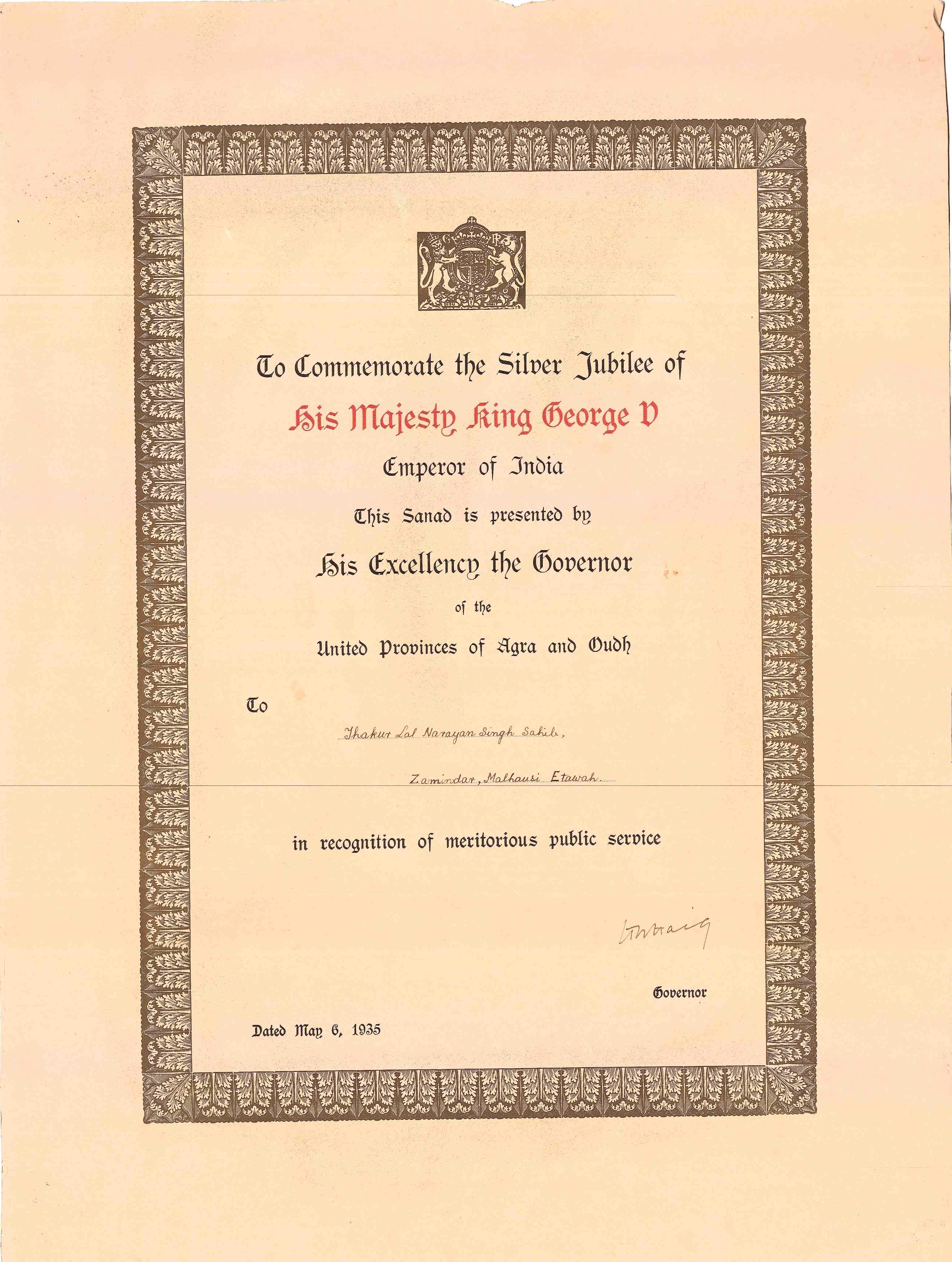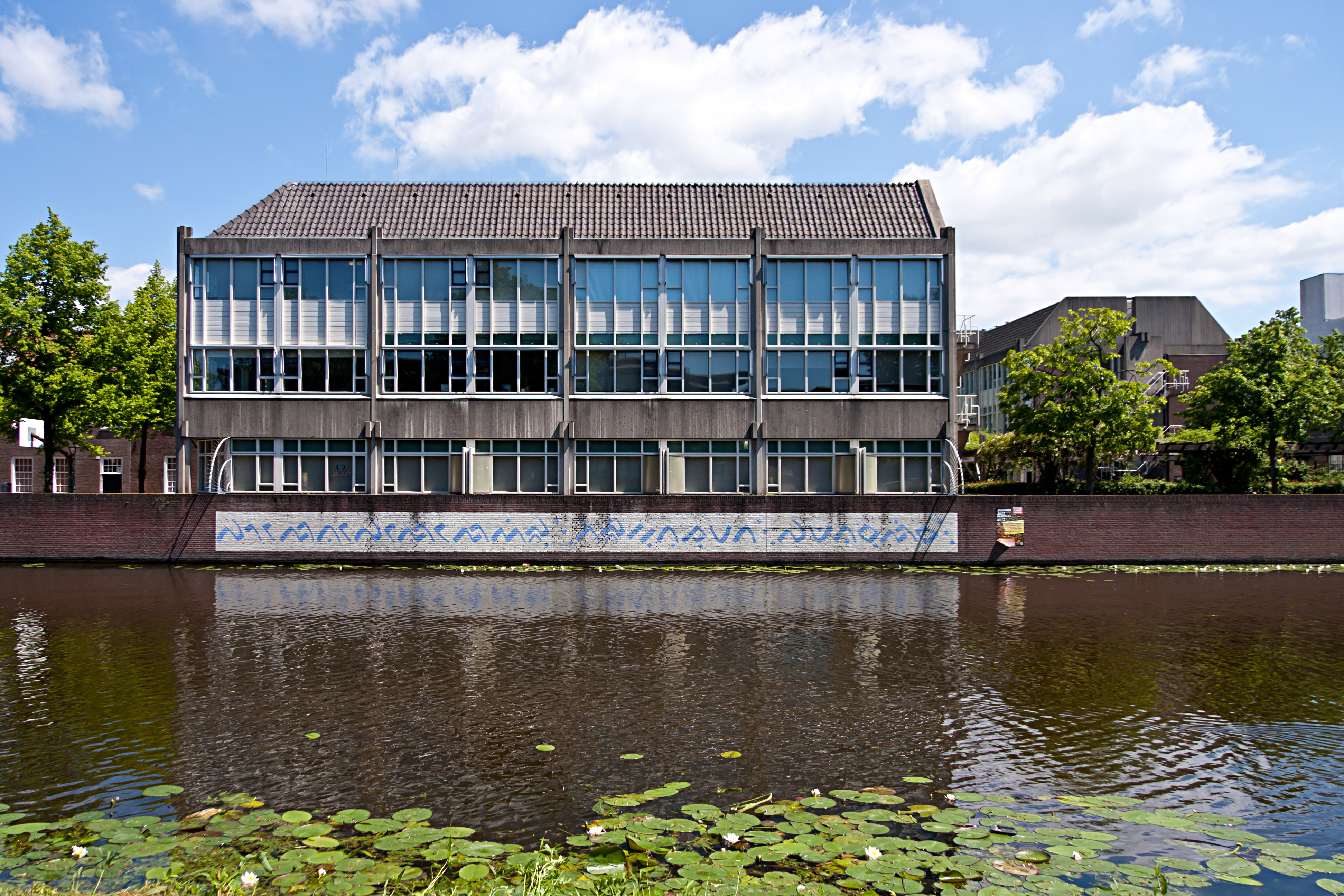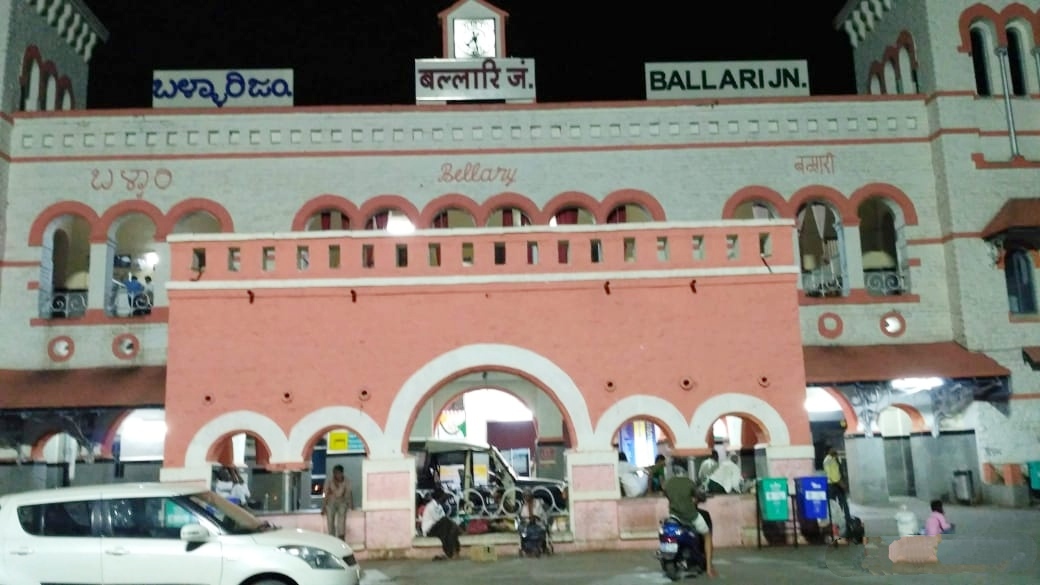|
Sandur (princely State)
Sandur State was a princely state of India during the British Raj, part of the Madras States Agency. The ruling dynasty of the state was the Ghorpade clan of the Marathas. Its capital was the town of Sanduru. The last ruler, Raja Yeshwantrao Ghorpade, signed the Instrument of Accession to the Dominion of India on 10 August 1947. Sandur State covered an area of ; according to the 1901 Census, the population of the state was 11,200. Sandur State enjoyed an estimated annual revenue of £6,000 in 1901. History The former princely state of Sandur was founded in 1713 by Sidhoji Ghorpade, a Maratha general. He was the son of Bahirji Ghorpade and the nephew of the prominent Maratha commander Santaji Ghorpade. From 1710 to 1713, Sidhoji served as Senapati to Maharani Tarabai, the Maratha regent. In 1713, following a political rift with Tarabai, he severed ties with her and began asserting his independence. That same year, he successfully conquered Sandur and established it as an a ... [...More Info...] [...Related Items...] OR: [Wikipedia] [Google] [Baidu] |
British India
The provinces of India, earlier presidencies of British India and still earlier, presidency towns, were the administrative divisions of British governance in South Asia. Collectively, they have been called British India. In one form or another, they existed between 1612 and 1947, conventionally divided into three historical periods: *Between 1612 and 1757, the East India Company set up "factories" (trading posts) in several locations, mostly in coastal India, with the consent of the Mughal emperors, Maratha Empire or local rulers. Its rivals were the merchant trading companies of Portugal, Denmark, the Netherlands, and France. By the mid-18th century three ''Presidency towns'': Madras, Bombay and Calcutta, had grown in size. *During the period of Company rule in India, 1757–1858, the Company gradually acquired sovereignty over large parts of India, now called "Presidencies". However, it also increasingly came under British government oversight, in effect sharing sovereig ... [...More Info...] [...Related Items...] OR: [Wikipedia] [Google] [Baidu] |
Santaji Ghorpade
Santaji Ghorpade (Santaji Mhaloji Ghorpade, ; 1660–1696) was a Maratha (caste), Maratha general and statesman who served as the 7th Senapati of the Maratha Empire during the reign of Chattrapati Rajaram I. He is widely regarded as one of the foremost experts in Guerrilla warfare. Santaji Ghorpade, in collaboration with Dhanaji Jadhav, conducted a series of successful campaigns against the Mughals from 1689 to 1696. His strategic acumen was demonstrated through the adept utilization of tactics such as guerrilla warfare, ambushes, and swift mobility, ultimately resulting in effective defeats of the Mughal Army. In recognition of his valor, Rajaram bestowed upon him the title of ''Mamlakat-Madar'' in 1690. Early life Santaji belonged to the Ghorpade, Ghorpade clan, a senior branch of the Bhosale clan. The Ghorpades were initially known as Bhosales. Santaji was the eldest son of Mhaloji Ghorpade of Bhalavani, who served as the Senapati during the reign of Chhatrapati Sambhaji for ... [...More Info...] [...Related Items...] OR: [Wikipedia] [Google] [Baidu] |
Shivashanmukha Rao
{{Infobox royalty , name = Shivashanmukha Rao , title = Raja of Sandur , image = , image_size = 300x380px , caption = , succession = , reign = 1861 - 3 May 1878 , coronation = 1863 , predecessor = Venkata Rao II , regent = , successor1 = Ramachandra Vitthala Rao , suc-type = , full name = Srimant Raja Shivahsanmukha Rao Vitthala Rao Hindurao Ghorpade , regnal name = , house = Ghorpade Dynasty , house-type = , father = , mother = , birth_date = {{birth date, 1847, 10, 17, df=yes , birth_place = Sanduru , death_date = {{Death date and age, 1878, 05, 03, 1847, 10, 17, df=yes , death_place = Bellary , occupation = , signature_type = , signature = , religion = Hinduism Shivashanmukha Rao (17 October 1847 - 3 May 1878) was a member of the Ghorpade Dynasty who served as the Raja of Sandur State from 1861 to 1878. His reign was noted for its progressive ... [...More Info...] [...Related Items...] OR: [Wikipedia] [Google] [Baidu] |
Murari Rao
Murari Rao (Murari Rao Ghorpade, ; 1699 – 8th May 1779) was a Maratha general and statesman who held Gooty and the surrounding territories, which extended eastward to Madras and Pondicherry. From 1741 to 1743, he administered the fort of Tiruchirappalli and its surrounding regions. He was the grandnephew of Santaji Ghorpade and served as the chief of Sandur, a cadet branch of the Ghorpades of Mudhol. Murari Rao's administration represents the only period of Maratha occupation in Tiruchirappalli. Murari Rao occupied Tiruchirappalli at the head of a strong Maratha army after defeating and imprisoning the Carnatic general, Chanda Sahib, in 1741 with the help of Raghuji I. However, he was forced to relinquish the fort by Asaf Jah. The Nizam sieged Trichinopoly for four months, and after receiving no reinforcements, Murari Rao was eventually bought off by the Nizam and handed the fort over to him on 29 August 1743. Murari Rao was a disciple and an ardent devotee of Satyabo ... [...More Info...] [...Related Items...] OR: [Wikipedia] [Google] [Baidu] |
Sanad (deed)
A deed is a legal document that is signed and delivered, especially concerning the ownership of property or legal rights. Specifically, in common law, a deed is any legal instrument in writing which passes, affirms or confirms an interest, right, or property and that is signed, attested, delivered, and in some jurisdiction (area), jurisdictions, seal (emblem), sealed. It is commonly associated with transferring (conveyancing) title (property), title to property. The deed has a greater presumption of validity and is less Rebuttable presumption, rebuttable than an instrument signed by the party to the deed. A deed can be unilateral or bilateral. Deeds include conveyancing, conveyances, Contract, commissions, licenses, patents, diplomas, and conditionally power of attorney, powers of attorney if executed as deeds. The deed is the modern descendant of the medieval charter, and delivery is thought to symbolically replace the ancient ceremony of livery of seisin. The traditional phrase ... [...More Info...] [...Related Items...] OR: [Wikipedia] [Google] [Baidu] |
KITLV 101291 - Unknown - Prince Of Sandur With Retinue In India - Around 1880
The KITLV/Royal Netherlands Institute of Southeast Asian and Caribbean Studies (, abbreviated as KITLV) at Leiden was founded in 1851. Its objective is the advancement of the study of the anthropology, linguistics, social sciences, and history of Southeast Asia, the Pacific Area, and the Caribbean. Special emphasis is laid on the former Dutch colonies of the Dutch East Indies (now Indonesia), Suriname, and the Dutch West Indies (the Netherlands Antilles and Aruba). Its unique collection of books, manuscripts, prints and photographs attracts visiting scholars from all over the world. On July 1, 2014, the management of the collection was taken over by Leiden University Libraries. Jakarta In 1969, a KITLV office was started by Hans Ras in Jakarta ("KITLV-Jakarta"), as a part of an agreement with the Indonesian Institute of Sciences. Here, publications from Indonesia, Malaysia and Singapore are bought and given a place in the library of the institute, publications of the institute ... [...More Info...] [...Related Items...] OR: [Wikipedia] [Google] [Baidu] |
Bellary District
Ballari, formerly Bellary (pronounced ), is a major district in Karnataka. It is located at north-eastern part of Karnataka. This district belongs to Kalyana-Karnataka. This district was one of the biggest districts in Karnataka until the Vijayanagara district was carved out of Ballari district in 2021 officially. This district has the highest deposits of iron ore in India. Historical sites, farm land and rich minerals characterise Ballari district. Recently making headlines with mining industry, Ballari, the district's capital, is known as Steel City and Gani Nadu (City of Mining). History Earlier Ballari district was part of Madras presidency. The area was severely affected by the Great Famine of 1876–78. After Indian independence, when the Indian states were reorganised along linguistic lines, Ballari became part of the Kalyana-Karnataka region of the state of Karnataka, now renamed as Kalyana-Karnataka. In 1882, Anantapur District was formed by carving out from ... [...More Info...] [...Related Items...] OR: [Wikipedia] [Google] [Baidu] |
British Protectorate
British protectorates were protectorates under the jurisdiction of the British government. Many territories which became British protectorates already had local rulers with whom the Crown negotiated through treaty, acknowledging their status whilst simultaneously offering protection. British protectorates were therefore governed by indirect rule. In most cases, the local ruler, as well as the subjects of the ruler, were not British subjects. British protected states represented a more loose form of British suzerainty, where the local rulers retained absolute control over the states' internal affairs and the British exercised control over defence and foreign affairs. Implementation When the British took over Cephalonia in 1809, they proclaimed, "We present ourselves to you, Inhabitants of Cephalonia, not as invaders, with views of conquest, but as allies who hold forth to you the advantages of British protection." When the British continued to occupy the Ionian Islands after the ... [...More Info...] [...Related Items...] OR: [Wikipedia] [Google] [Baidu] |
Bellary
Ballari (formerly Bellary) is a city in the Ballari district in state of Karnataka, India. Ballari houses many steel plants such as JSW Vijayanagar, one of the largest in Asia. Ballari district is also known as the ‘Steel city of South India’. Ballari is also the headquarters for Karnataka Gramina Bank which almost has more than 1100 + branches in Karnataka. History Ballari was a part of Rayalaseema ( Ceded Districts) which was part of Madras Presidency till 1 November 1956. The Ballari city municipal council was upgraded to a city corporation in 2004. The Union Ministry of Home Affairs of the Government of India approved a proposal to rename the city in October 2014 and Bellary was renamed to "Ballari" on 1 November 2014. Geography Ballari is located at . The city stands in the midst of a wide, level plain of black cotton soil. Granite rocks and hills form a prominent feature of Ballari. The city is spread mainly around two hills of granite composition, the '' ... [...More Info...] [...Related Items...] OR: [Wikipedia] [Google] [Baidu] |
Peshwa
The Peshwa was the second highest office in the Maratha Empire, next in rank and prestige only to that of the Chhatrapati. Initially serving as the appointed prime minister in the Maratha Kingdom, the office became hereditary when Shahu gave the seat of Peshwa to Bajirao I, Bajirao Ballal. During the reign of Shahu, the office of Peshwa grew in power and the Peshwas came to be the ''de facto'' rulers of the Maratha Confederacy. Eventually, the Chhatrapati title became titular and the main heads were the Peshwas according to the Sangola pact. All Peshwas during the rule of Shivaji, Sambhaji and Rajaram I, Rajaram belonged to Marathi people, Marathi Deshastha Brahmin community. The first Peshwa was Moropant Trimbak Pingle, Moropant Pingle, who was appointed as the head of the Ashta Pradhan (council of eight ministers) by Shivaji, the founder of the Maratha Kingdom. The initial Peshwas were all ministers who served as the chief executives to the king. The later Peshwas held the h ... [...More Info...] [...Related Items...] OR: [Wikipedia] [Google] [Baidu] |
Hyder Ali
Hyder Ali (''Haidar'alī''; ; 1720 – 7 December 1782) was the Sultan and ''de facto'' ruler of the Kingdom of Mysore in southern India. Born as Hyder Ali, he distinguished himself as a soldier, eventually drawing the attention of Mysore's rulers. Rising to the post of Dalavayi ( commander-in-chief) to Krishnaraja Wodeyar II, he came to dominate the titular monarch and the Mysore government. He became the ''de facto'' ruler, King of Mysore as Sarvadhikari (Chief Minister) by 1761. During intermittent conflicts against the East India Company during the First and Second Anglo–Mysore Wars, Hyder Ali was the military leader. Though illiterate, Hyder Ali concluded an alliance with the French, and used the services of French workmen in raising his artillery and arsenal. His rule of Mysore was characterised by frequent warfare with his neighbours and rebellion within his territories. This was not unusual for the time as much of the Indian subcontinent was then in turmoil. ... [...More Info...] [...Related Items...] OR: [Wikipedia] [Google] [Baidu] |






